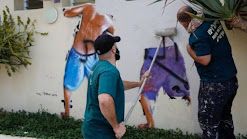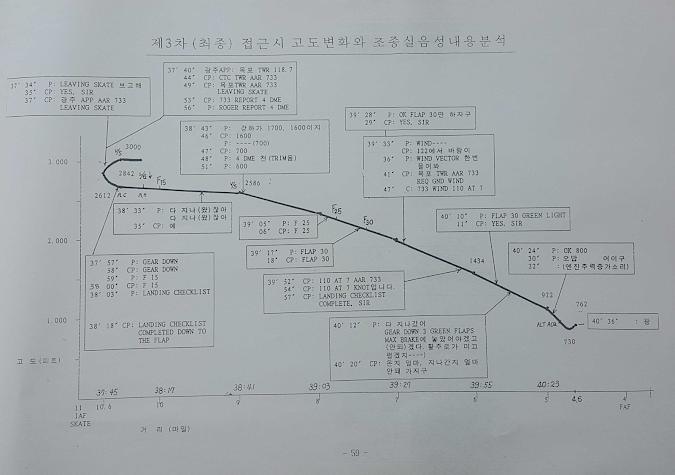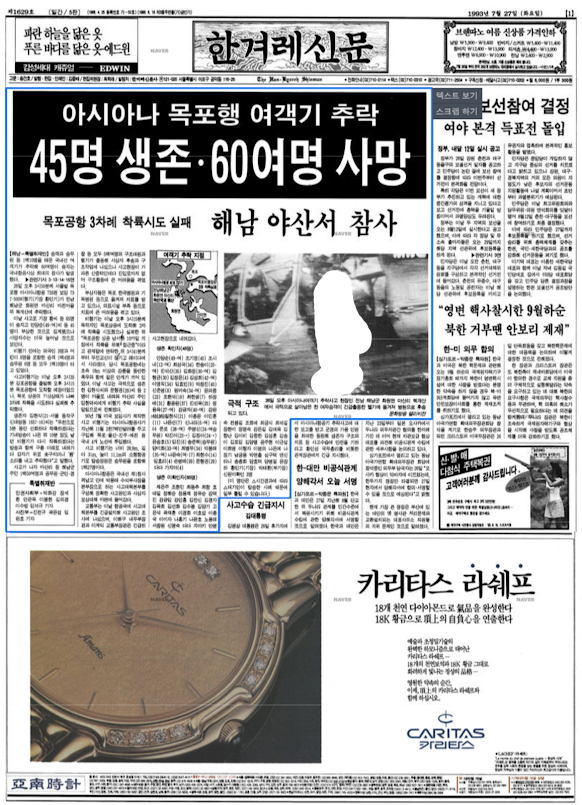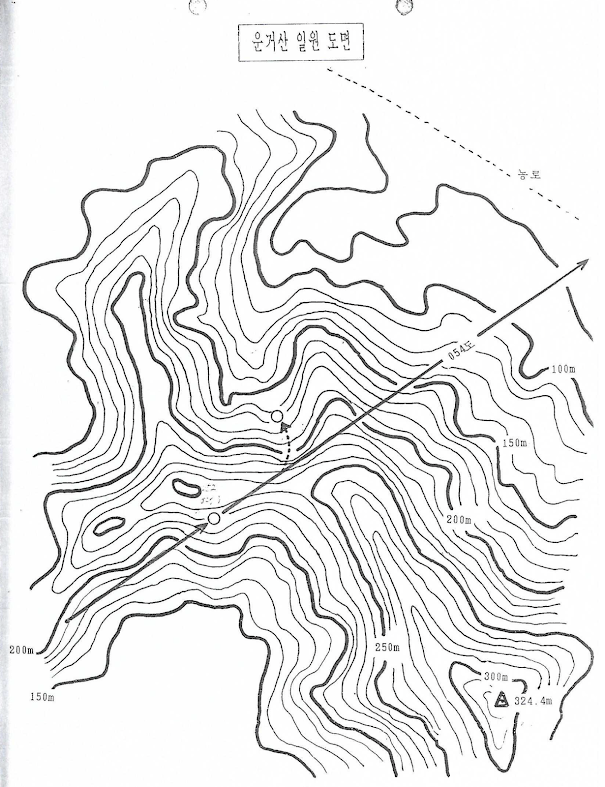All memory is individual, unreproducible - it dies with each person. What is called collective memory is not a remembering but a stipulating: that this is important, and this is the story about how it happened, with the pictures that lock the story in our minds. Ideologies create substantiating archives of images, representative images, which encapsulate common ideas of significance and trigger predictible thoughts, feelings. Poster-ready photographs - the mushroom cloud of an A-bomb test, Martin Luther King, Jr, speaking at the Lincoln Memorial in Washington, DC, the astronaut walking on the moon - are the visual equivalent of sound bites. They commemorate, in no less blunt fashion than postage stamps, Important Historical Moments; indeed, the triumphalist ones (the picture of the A-bomb excepted) become postage stamps. (다행히 나치 캠프의 사진은 없다) p. 77
모든 기억은 개인적이며 재현될 수도 없다. 기억이랑 것은 그 기억을 갖고 있는 개개의 사람이 죽으면 함께 죽는다. 우리가 집단적 기억이라고 부르는 것은 상기하기가 아니라 일종의 약정이다. 즉, 우리는 사진을 통해서 이것은 중요한 일이며 이것이야말로 어떤 일이 어떻게 일어났는지를 알려주는 이야기이다, 라고 우리의 정신 속에 꼭꼭 챙겨두는 것이다. 이데올로기는 뭔가를 구체화 할 수 있는 이미지, 즉 중요하기 그지없는 공통 관념을 담고 있으며 사람들의 생각과 감정을 예측 가능하도록 움직이게 하는 재현적 이미지의 저장소를 만들어 둔다. 곧장 포스터로 만들 수 있는 사진들, (… 등의) 사진들은 중요한 사건들의 핵심을 전달해 주는 시각적 등가물이다. p131
In contrast to a written account - which, depending on its complexity of thought, reference, and vocabulary, is pitched at a large or smaller readership - a photograph has only one language and is destined potentially for all. P. 17
사진은 단 하나의 언어만을 가지고 있을 뿐이며 잠재적으로 모든 이들을 위한 것일 수밖에 없다. P41.
Nonstop imagery (television, streaming videos, movies) is our surround, but when it comes to remembering, the photograph has the deeper bite. Memory freeze-frames; its basic unit is the single image. In an era of information overload, the photograph provides a quick way of apprehending something and a quotatopn, or a maxim or proverb. Each of us mentally stocks hundreds of photographs, subject to instant recall. P. 19
…
프레임에 고정된 기억, 그것의 기본적인 단위는 단 하나의 이미지이다. …사진은 인용문, 그도 아니면 격언이나 속담 같은 것이다. 우리는 모두 순식간에 떠올릴 수 있는 수백 장의 사진들을 마음 속에 담고 있다. p44.
Sontag, S. (2003). Regarding the Pain of Others. Penguin Group.
수잔손택, 타인의 고통





























